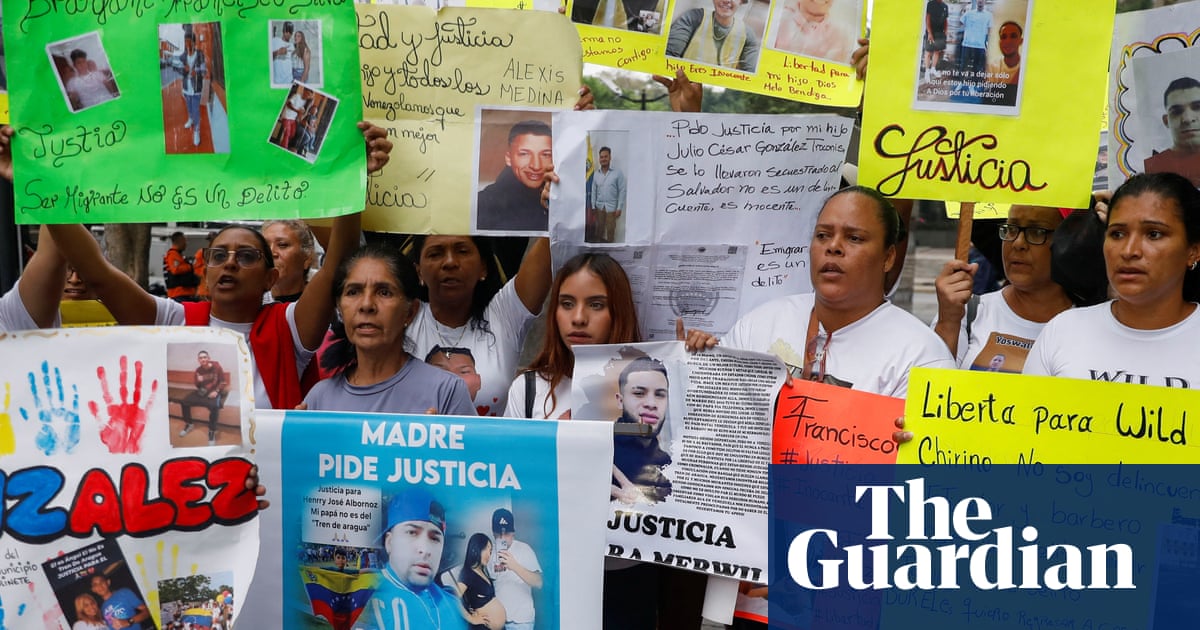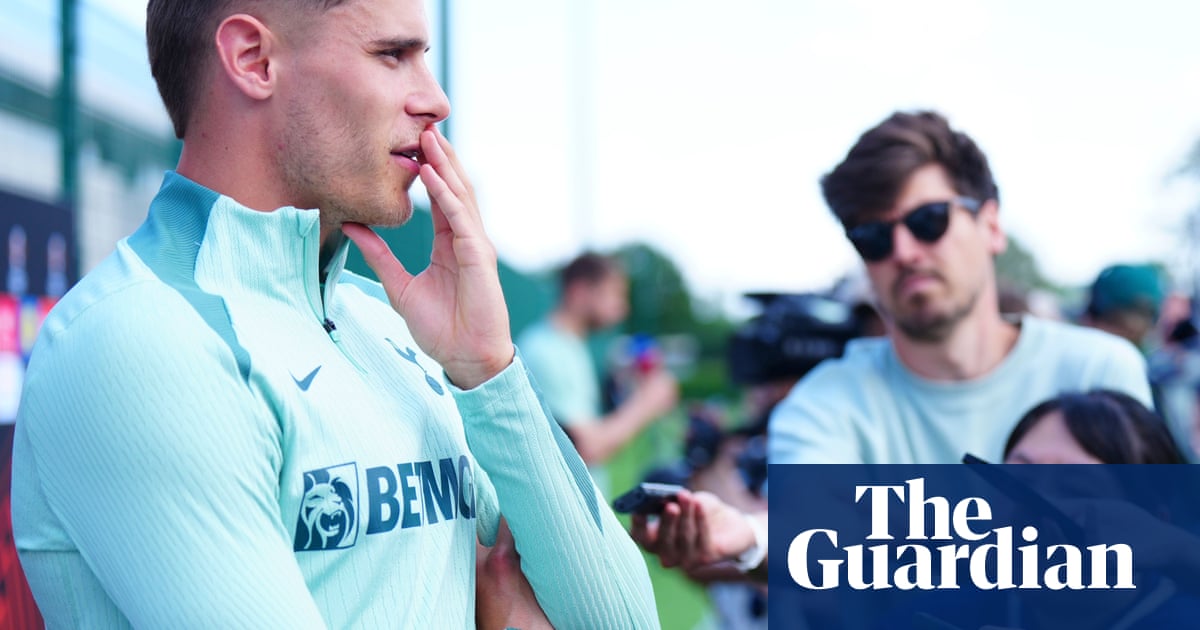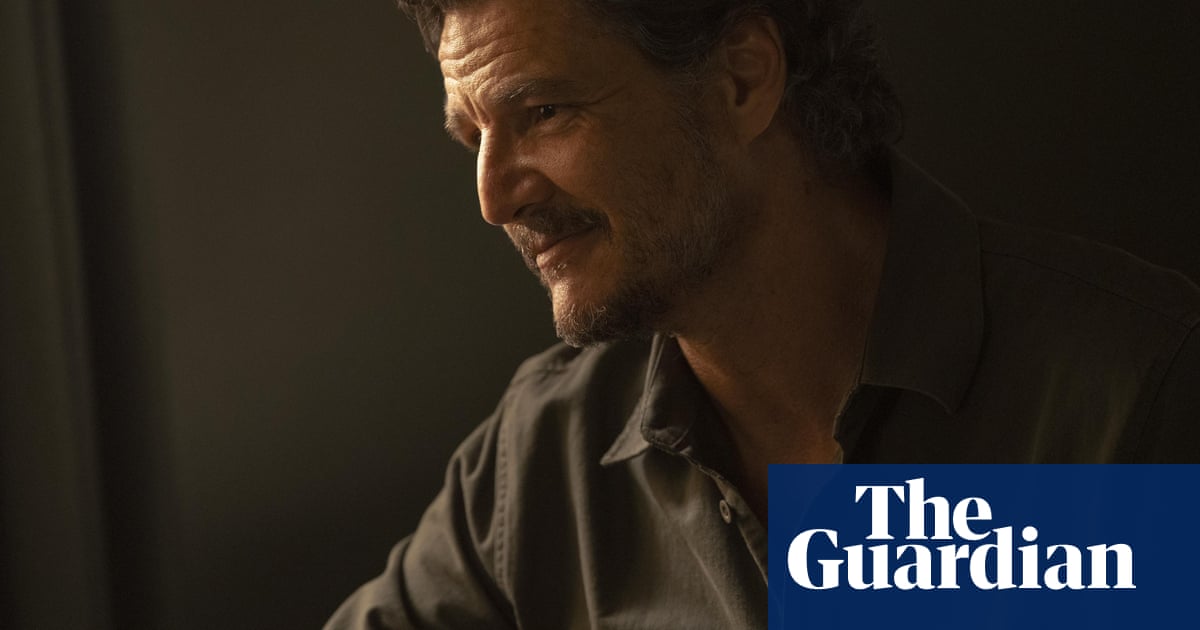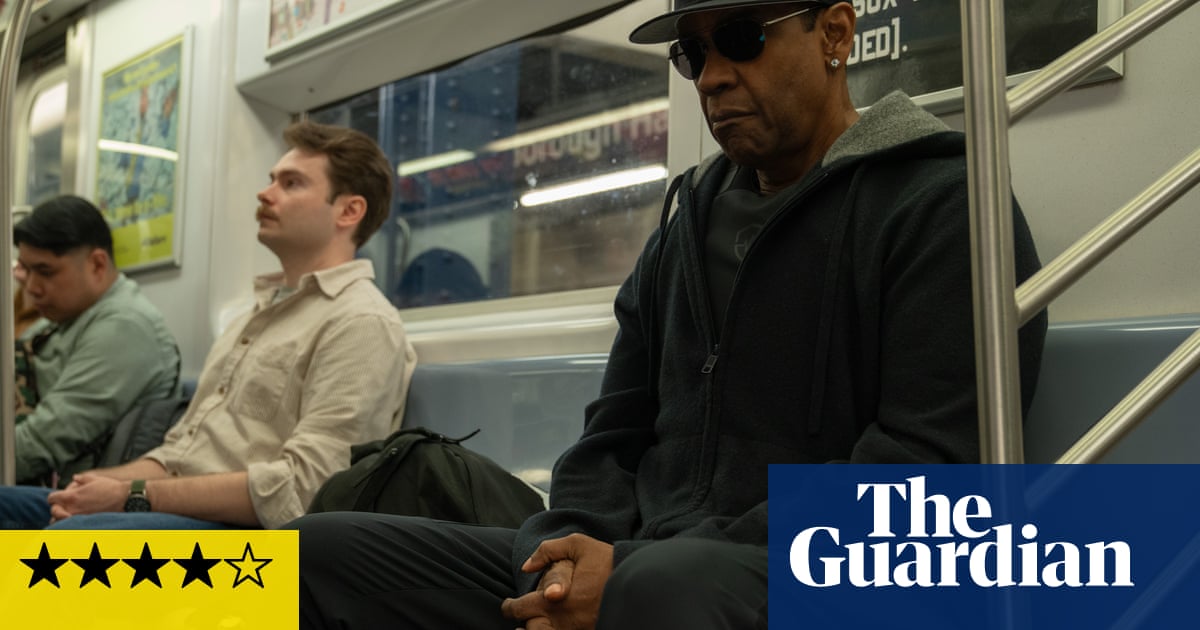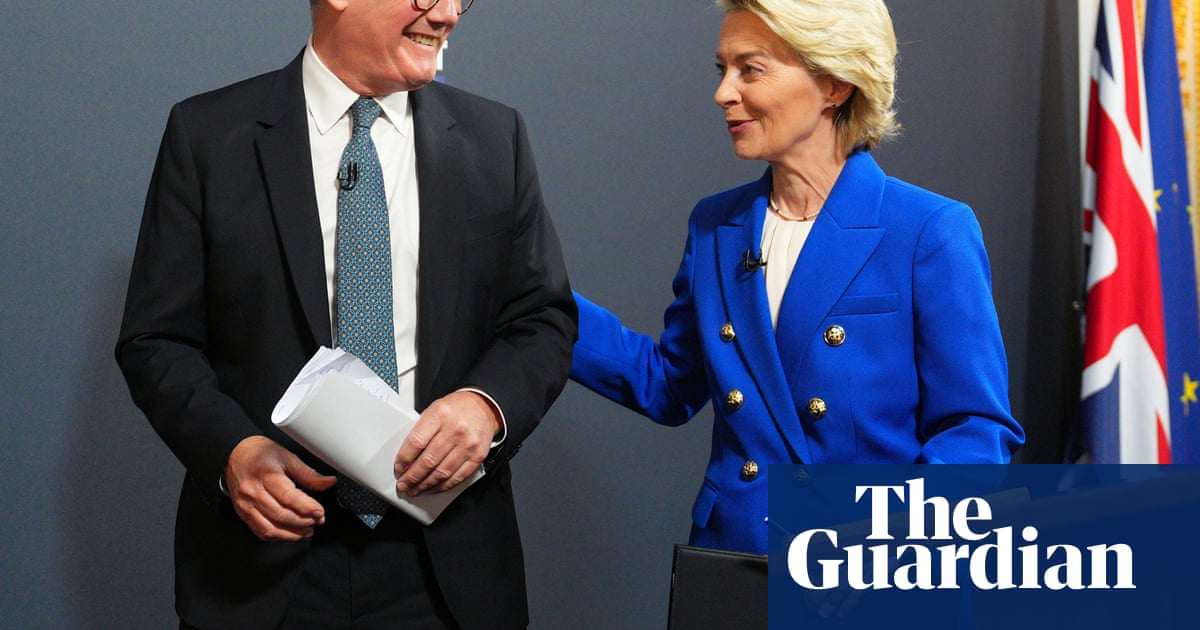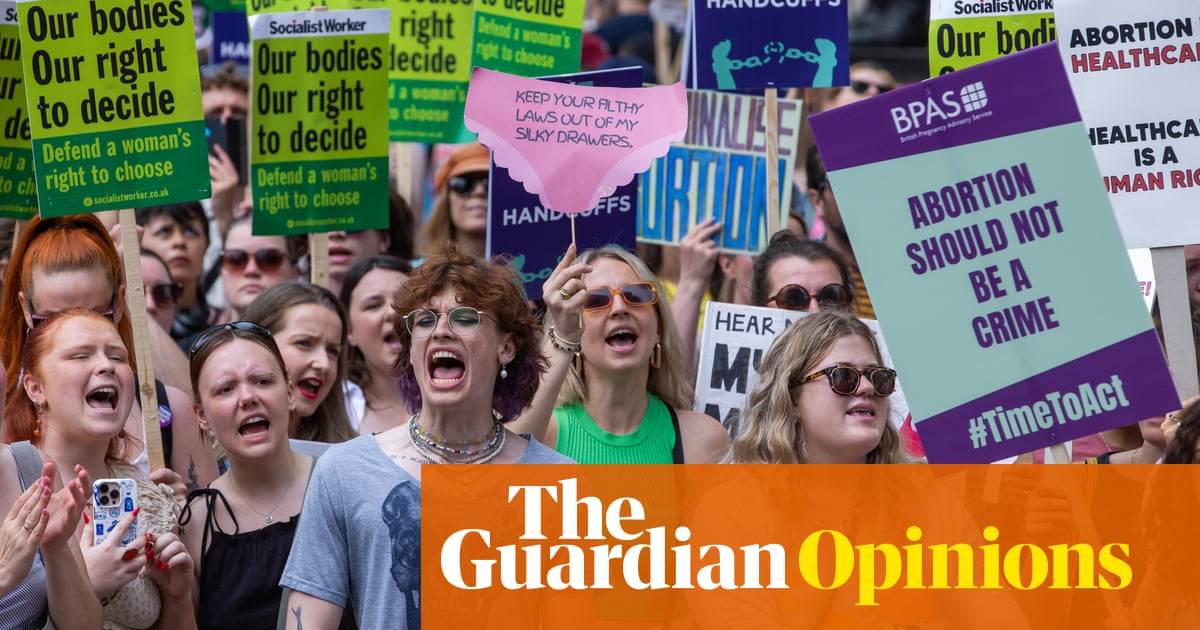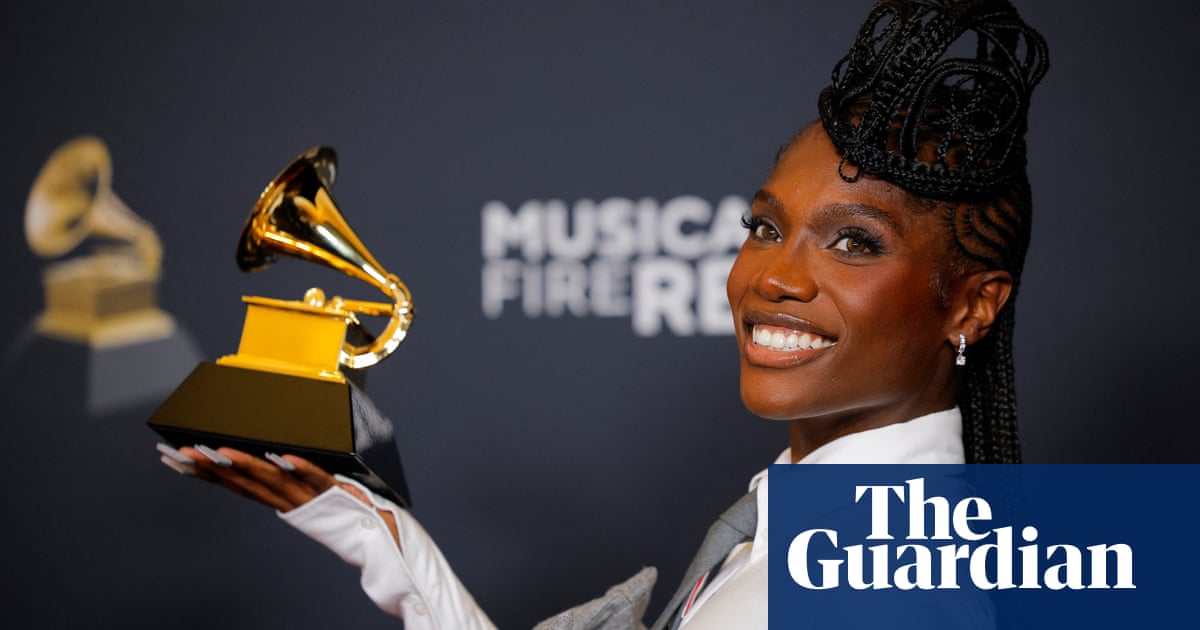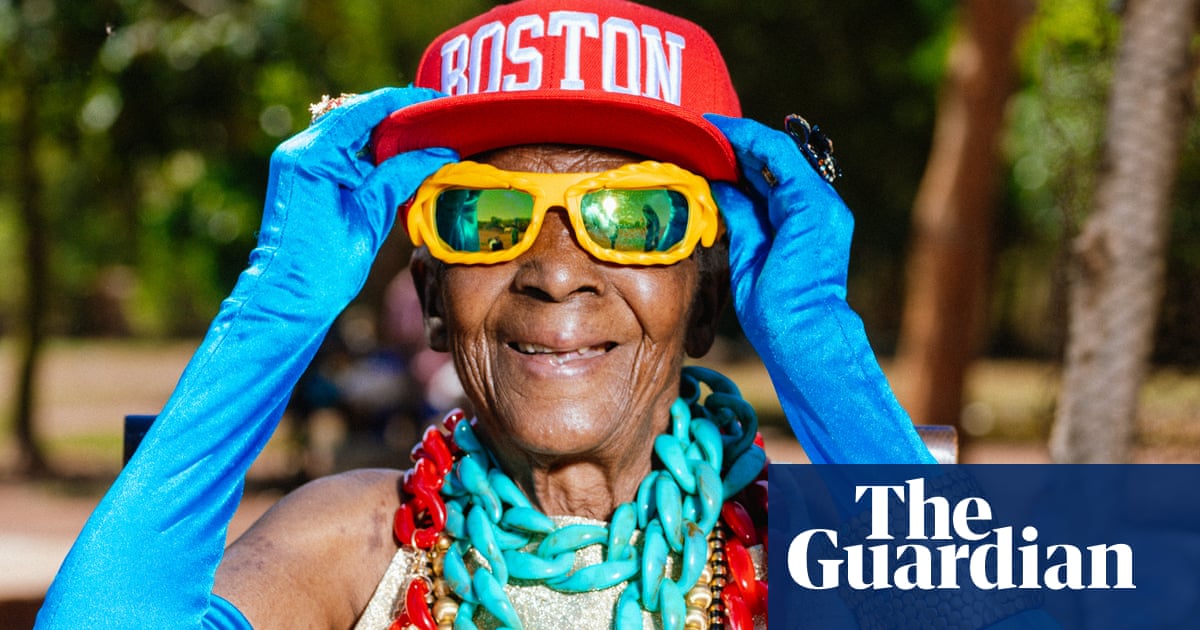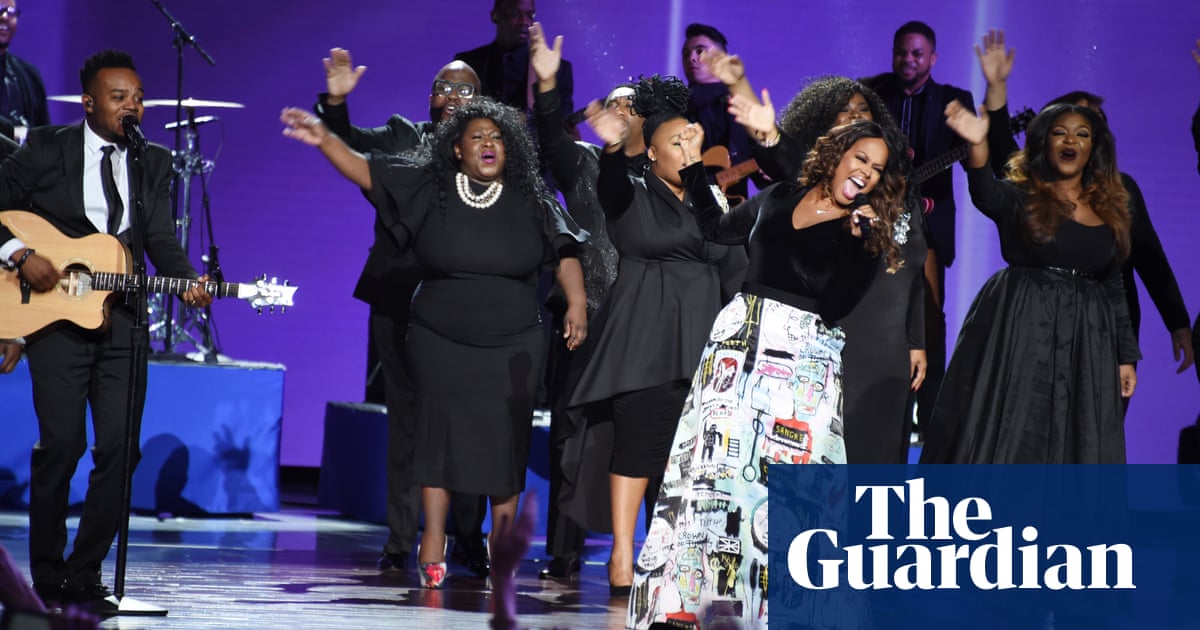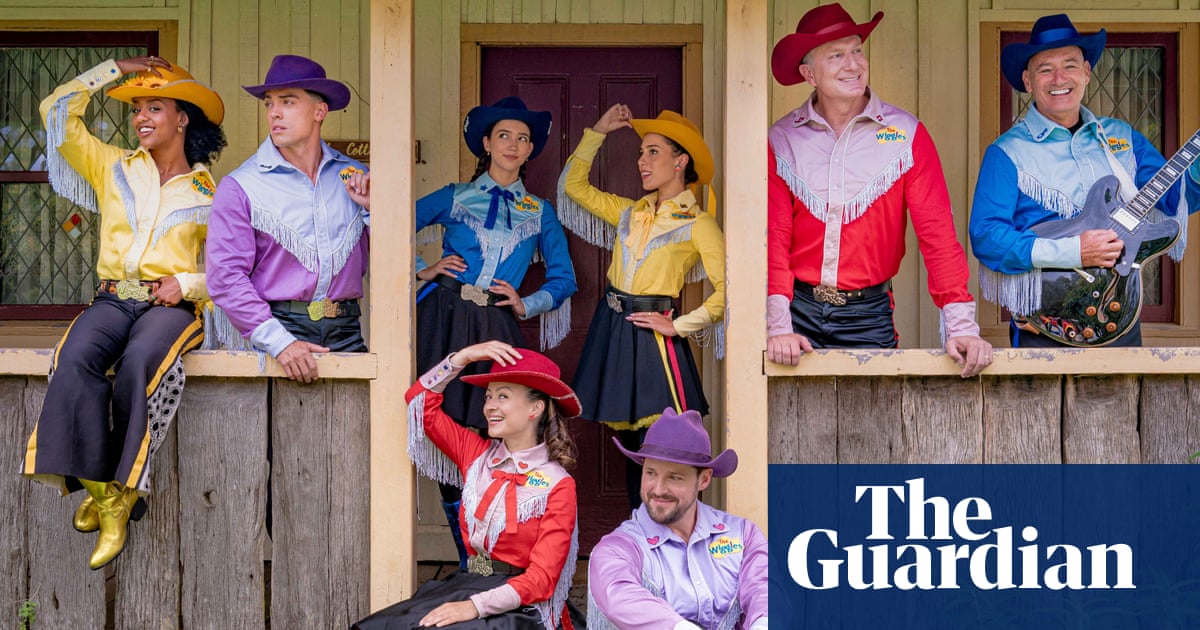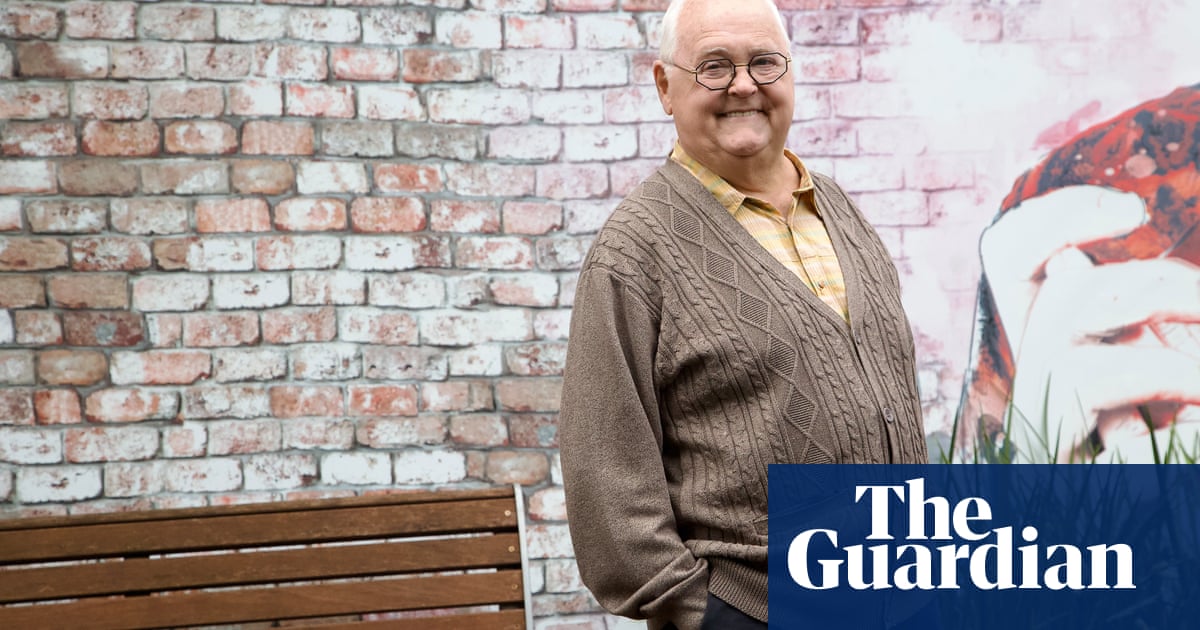This is a dire moment in the US. It’s a moment where there’s an opportunity for people with a lot of money to rip apart all of the guidelines enacted by the Roosevelt administration, way back in the day, to guard against the brutality of unfettered capitalism. Capitalists like to have all the power that they want, whenever they want it. They’re not much interested in democracy either, it turns out. Nor, apparently, the rule of law. The government is not the solution – it’s the problem. And now a vengeful president who just wanted a get-out-of-jail-free card is going to punish his enemies and show us all how to destroy the American administrative state by using the big stick of Elon Musk’s chequebook.
It reminds me of that moment in Once Upon a Time in the West, when Henry Fonda sits behind the rail tycoon’s desk and says: “It’s almost like holding a gun, only much more powerful.” The US has always been about money. That’s been our blessing and our curse. It’s the land of great opportunity, but that obsession with money over everything else has now taken us to a very bad place. We’ve reached the dark side of the American dream.
As a film-maker at this moment, I feel defeated in one sense: you always look in the rear-view mirror and wish your films had had a more lasting impact. Yet the fight for liberty and democracy is a never-ending one, so I’m still very much engaged. I’m reminded of what Salman Rushdie said at the Pen America World Voices festival in 2022: “A poem cannot stop a bullet. A novel can’t defuse a bomb. But we are not helpless. We can sing the truth and name the liars.”
Art can always have an impact, but it isn’t Pavlovian. It isn’t a vending machine. A film won’t make someone go out tomorrow and pass a law. What you hope for is that it will be a kind of a slow-motion timebomb in the psyche of the audience, where they begin to reckon with essential human values. When I made The Crime of the Century, my documentary about the opioid crisis, I wasn’t thinking to instigate a particular kind of change. That wasn’t the purpose of the film. I was concerned that people tended to look at the crisis as something that just “happened”, like a hurricane. I wanted to emphasise that it was an intentional crime, in which people were literally killing people for money. It wasn’t something to be endured, but to be reckoned with. I wanted the film to help reorient the vision of the viewers.
I’ve got a diptych of films coming out next month called The Dark Money Game, all about the power of dark money and how that’s become part of the American system. It’s about how white-collar crime is now almost legal: so long as rich people are stealing, it’s OK. And I’ve also been working for two years on a film about Elon Musk, to get at some deeper understanding of not only who this man is and why he’s doing what he’s doing, but also why we’re letting him. A lot of my films are crime films, in a way. It was Chekhov who said that if there’s a gun on the mantel in the first act, it had better go off in the third act. So very often I’m faced with the spectacle of a gun going off. My job is to look back to find the guns on the mantels.
I’m naturally drawn to the film-makers who explore the dark side: the Scorseses of this world. And at a time such as this, you want to engage the darkness of the moment – but you also want films that reaffirm your sense of humanity. It’s not an American film, but I was deeply inspired recently by Walter Salles’s I’m Still Here, about surviving a military dictatorship: it was so finely observed and so deeply human. There’s always a way out. This is a pendulum and it swings back and forth. But, you know, if we don’t wake up, then it’s going to be a very long, dark period. Alex Gibney (as told to Guy Lodge)
American Factory
(Julia Reichert and Steven Bognar, 2019)
Best for: a look at what the American workforce faces in a globalised economy.

An Oscar winner for best documentary feature and the first film acquired by Barack and Michelle Obama’s Higher Ground production company, this perceptive, humane film examines the initial promise of a modified, modernised American dream, as an abandoned General Motors plant in Ohio is reopened by a Chinese company, only for the new owners’ labour practices and values to clash sourly with those of their working-class American employees. Shot between 2015 and 2017, it captures a country’s growing insularity at the outset of the Trump era.
The Apprentice
(Ali Abbasi, 2024)
Best for: a primer on how the Trump mythos began.

Few were especially looking forward to a Donald Trump biopic from Iranian-Danish director Ali Abbasi when it premiered at Cannes last year: don’t we see enough of him as it is? But this period-perfect, video-grainy portrayal of his rise to celebrity in the 1980s is caustically gripping and insightful, as Sebastian Stan’s dead-on performance captures the chronic insecurity behind his bluster, while Jeremy Strong’s venal lawyer Roy Cohn models the behaviour of a toxic sociopath. A stark, shattering scene of Trump raping his former wife Ivana, meanwhile, was a gutsy inclusion.
Bisbee ’17
(Robert Greene, 2018)
Best for: understanding how the US confronts its history, or doesn’t.
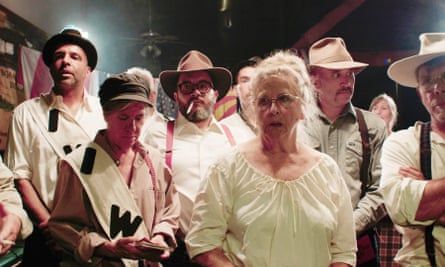
In 1917, in the small Arizona mining town of Bisbee, more than 1,200 immigrant mine workers were kidnapped and illegally deported to the New Mexico desert 200 miles away. Robert Greene’s highly original hybrid documentary studies how the Bisbee of the 21st century processes this shameful history, as local people mark the centenary of the event by staging a grand-scale re-enactment that raises debate and dissent in the general community. It’s a wise, eerie reflection on how Americans can compartmentalise or rationalise the past – but also acts as a mirror for anti-immigrant sentiment in the present day. History is never fully over.
Bowling for Columbine
(Michael Moore, 2002)
Best for: fuelling rage against US gun laws.
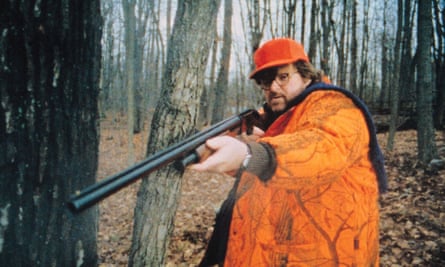
The obnoxiously hectoring documentary style of Michael Moore might now seem of a previous era, but in the 22 years since this ferocious polemic won an Oscar, the frank absurdity of the US gun crisis hasn’t been more vigorously addressed on screen. By now, mass school shootings such as the Columbine massacre are distressingly commonplace stateside; Moore’s restless, roving examination of its causes and effects still hits hard, and bitterly underlines just how little has been done to prevent such occurrences in the intervening decades.
The Brutalist
(Brady Corbet, 2024)
Best for: a timeless dissection of the soured American dream.
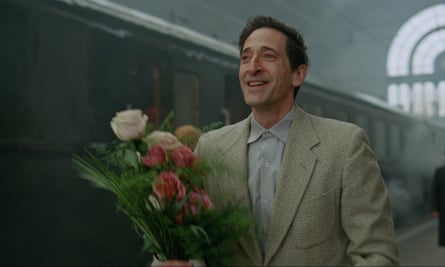
Brady Corbet’s Oscar-winning, three-and-a-half-hour-plus epic might be set between the 1940s and the 1980s, but it has plenty to say to the 2020s, as it unfolds the plight of a Hungarian immigrant architect whose personal fortunes and creative ideals are gradually stymied by the Faustian allure of American capitalism. As a miserable east coast mogul seeking to own not just art but the artist, by dint of sheer wealth, Guy Pearce unnervingly encapsulates the ruinous entitlement of the 1%.
The Crime of the Century
(Alex Gibney, 2021)
Best for: a journalistic exploration of the continuing US opioid crisis.

Weighing in at nearly four hours overall, Gibney’s two-part documentary is as comprehensive a film as has been made on the opioid epidemic plaguing the US today, beginning with a look at how the Sackler family got OxyContin approved by the Food and Drug Administration, before getting into the mass marketing of fentanyl – taking on all manner of corporate corruption and human devastation along the way. If you can handle more rage against big pharma after watching it, pair it with Laura Poitras’s more emotive, award-winning All the Beauty and the Bloodshed.
Don’t Look Up
(Adam McKay, 2021)
Best for: summing up the divided US stance on the climate crisis.
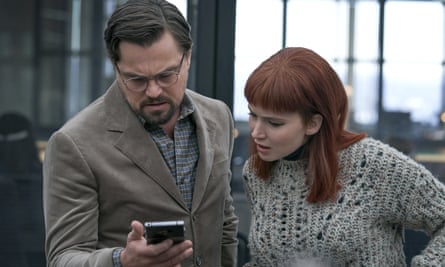
Adam McKay’s brash, broad social satire split critical opinion a few years ago, but there’s resonance in even the silliest aspects of its farce, as it captures the grating, oppressive cacophony of a population at war with itself, even in the face of universally impending disaster. The environmental crisis isn’t directly addressed, but the metaphor couldn’t be clearer: a planet-destroying comet is headed towards Earth, but scientists can’t make Americans take heed over a din of debate, denial and political spin.
Election
(Alexander Payne, 1999)
Best for: American electoral politics brought down to brass tacks.
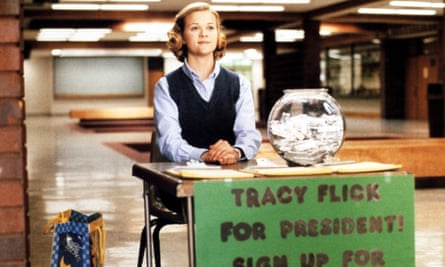
Any number of films have been made about the complex vagaries of American electoral campaigns, but have they ever been summarised as simply and cruelly as they are in Alexander Payne’s lethally dark high school comedy? The stakes might be comparatively low in this anatomy of a midwestern student body vote, but try telling that to Reese Witherspoon’s indelible overachiever Tracy Flick – an analogue for every ambitious, capable woman ever deemed too unlikable to succeed by dominant male mediocrity.
A Face in the Crowd
(Elia Kazan, 1957)
Best for: a prescient vision of the US media landscape at its most cynical.
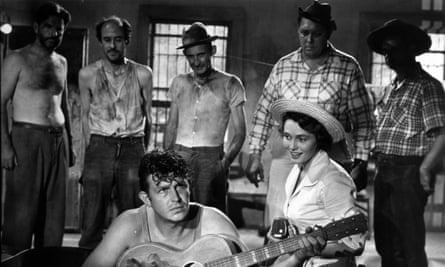
Not a great success upon its release in 1957, Elia Kazan’s nearly 70-year-old media satire has enjoyed quite a revival in recent years – even being adapted into a stage musical at the Young Vic last year. That’s because, its mid-century milieu notwithstanding, it speaks directly to the modern era of faux-populist celebrity construction and public manipulation. Its protagonist, Larry “Lonesome” Rhodes, a drifting Arkansas hayseed discovered by a New York radio producer and turned into a merchant of increasingly hypocritical homespun wisdom, is an idiot savant monster whose popular touch calls Joe Rogan to mind.
The Florida Project
(Sean Baker, 2017)
Best for: a slice of life on the poverty line.
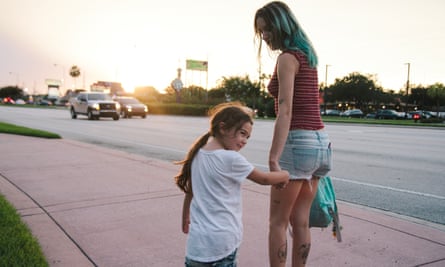
Several years before he stormed the Oscars with his sex worker story Anora, Sean Baker received less than his due for one of the definitive modern portraits of poor white America, turning an attentive and compassionate gaze to a demographic often dismissed with cruel stereotypes. Playing out largely through the eyes of Moonee, the six-year-old daughter of an unemployed stripper barely surviving day to day in an Orlando fleapit motel, it avoids condescension as it shows us the wonder that the young girl routinely finds in squalor.
Hale County This Morning, This Evening
(RaMell Ross, 2018)
Best for: an immersive, unsensationalised view of everyday life in the south.
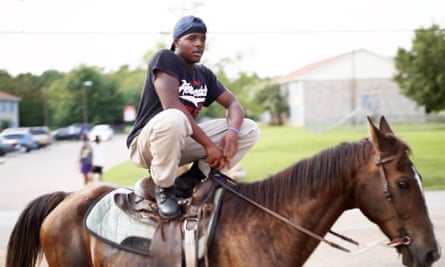
Before switching to fiction with his recent, radical adaptation of Colson Whitehead’s Nickel Boys, RaMell Ross made his name with this exquisite, Oscar-nominated mosaic of daily routines and rhythms among the predominantly Black residents of Hale County, Alabama. Interspersing carefully observed vignettes with more lateral poetic meditations, it was described by Ross as an “epic banal” work, aiming to “bring elation to the experience of blackness”. The film’s calm lyricism and granular detail stand out against other, more vocally political modern docs on that experience.
Here
(Robert Zemeckis, 2024)
Best for: a telling boomer viewpoint on the US past and present, for better or worse.

Robert Zemeckis’s kitschy, AI-assisted graphic novel adaptation about centuries of American life playing out on one patch of land bombed in cinemas, and not undeservedly so – but I’m not sure I’ve seen a film recently that captures the stiflingly conservative family values of the modern US with more inadvertent accuracy, or the political overreach of white liberal worldview. (Its passages on Indigenous trauma and the Black Lives Matter movement are a veritable time capsule of cringe.)
I Am Not Your Negro
(Raoul Peck, 2016)
Best for: bringing a fresh context to the history of US racism.
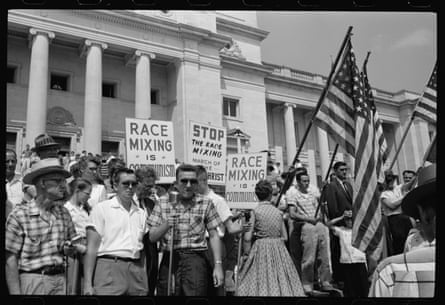
This Bafta-winning documentary from Haitian film-maker Raoul Peck is based on Remember This House, an unfinished manuscript by trailblazing Black writer and activist James Baldwin, and brings vital visual information to his literary examination of racism in the US. Told via Peck’s own experiences and through reflections on the work and legacy of Martin Luther King Jr and Malcolm X, among others, it’s a fascinating history lesson bristling with modern relevance.
In Jackson Heights
(Frederick Wiseman, 2015)
Best for: a celebration of American diversity.
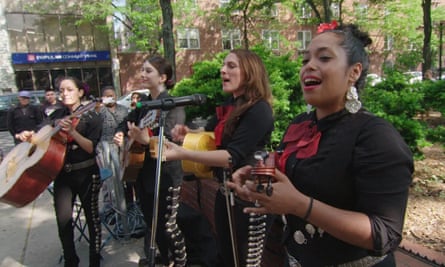
Veteran documentarian Frederick Wiseman is the foremost US chronicler of the country’s institutions and communities, whether in his midwest portrait Monrovia, Indiana or his exhaustive administrative study City Hall. But his most vital recent work is this vast cinematic patchwork of life in the teemingly diverse New York City neighbourhood of Jackson Heights, as its gaze takes in everything from a Muslim school to an LGBTQ support meeting to a Jewish community centre – adding up to a compelling study of how the US, at its best, can evolve to meet the needs of a changing population.
Joker
(Todd Phillips, 2019)
Best for: a popular touchstone of current American masculinity.
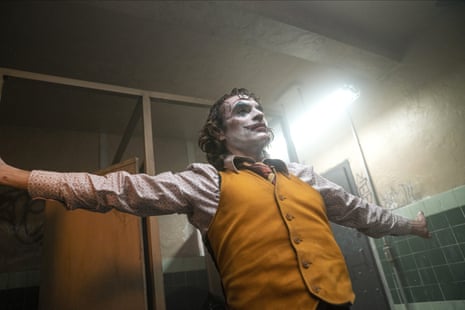
When Todd Phillips’s unexpectedly artsy, ambitious superhero spinoff movie premiered at Venice, scooping up the Golden Lion, the heated critical debates began: had he made the ultimate “incel” manifesto, or a snarling critique thereof? Six years and one flop sequel later and there’s still no consensus, not least because some audiences adopted Joaquin Phoenix’s downtrodden, mentally ill, ultimately murderous Arthur Fleck as an anti-woke icon and others recoiled from his toxic villainy. Phoenix’s Oscar-winning performance makes him disturbingly sympathetic in either light.
RoboCop
(Paul Verhoeven, 1987)
Best for: a not-so-futuristic projection of where the American police state is heading.

Forget the various meat-headed sequels and increasingly kid-targeted cartoon violence. Verhoeven’s original action blockbuster was an ice-cold, viciously satirical vision of American capitalism and militarisation heading towards an unholy worst-case scenario: a privatised corporate police force staffed by ruthless droids, with predictably dire consequences for humanity. Nearly 40 years later, it’s ageing horribly well: under Trump, its dystopian world-building seems only slightly far-fetched.
Shy Boys IRL
(Sara Gardephe, 2011)
Best for: a snapshot of the origins of incel culture.
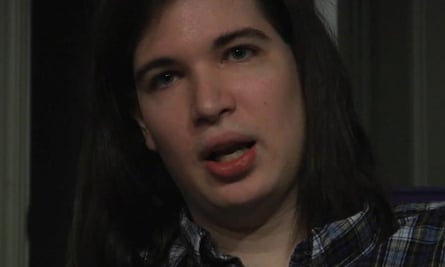
Gardephe’s viral short is scrappily shot and only half an hour long, but remains a definitive visual text in our understanding of what, in 2011, had not yet been popularly named “incel culture” – an online community of young men, frustrated by their failure to meet and date women, whose involuntary celibacy seeds an increasingly toxic view. Gardephe’s film, which has recently enjoyed a resurgence on TikTok, treated incels as a subculture then, but today looks prescient in identifying a far broader social phenomenon.
Sound of Freedom
(Alejandro Monteverde, 2023)
Best for: an insight into rightwing blockbuster heroism.
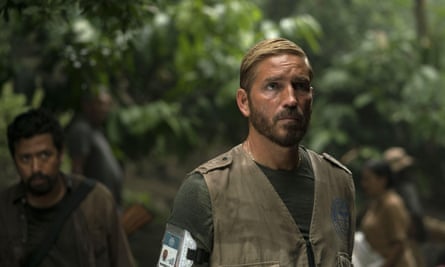
On the face of it, Alejandro Monteverde’s sentimental search-and-rescue thriller is straightforwardly gung-ho stuff, following an intrepid homeland security agent (played by The Passion of the Christ star Jim Caviezel) as he sets out to crack a child sex-trafficking ring in Colombia. But as produced and marketed by conservative faith-based entertainment company Angel Studios, the film became laden, intentionally or otherwise, with intricately coded QAnon conspiracy theories, and was championed by the right as a rejoinder to the supposedly reprobate output of leftist mainstream Hollywood. Sure enough, it was a sleeper hit, and there’s a lot to be learned from watching it.
Stillwater
(Tom McCarthy, 2021)
Best for: a canny distillation of the culture gap between the US and Europe.
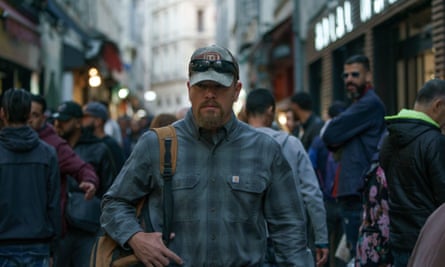
Plainly inspired by the Amanda Knox case, Tom McCarthy’s quietly potent culture-clash thriller was unfairly written off by many critics, but there’s some acute wisdom in its portrayal of a gun-loving, blue-collar Oklahoma dad navigating the intricacies of the French legal system – and eventually taking his own roughneck revenge – to save his imprisoned daughter. It’s a criminal melodrama with blunt contrivances softened and complicated by Matt Damon’s knotty, humane portrayal of a character who would be easier to demonise.
Strong Island
(Yance Ford, 2017)
Best for: a searingly personal account of the struggles of social integration.
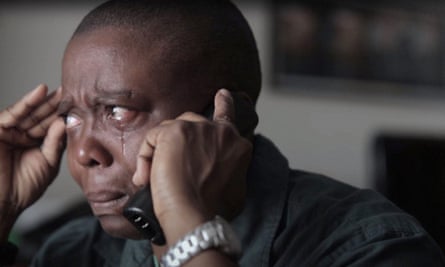
In 1992, Yance Ford’s brother William, a young, unarmed Black man, was shot dead by a white 19-year-old who claimed self-defence and was subsequently acquitted by an all-white jury. That might have been more than 30 years ago, but Ford’s pained, unflinching documentary points to enduring unequal treatment in its first-hand portrait of a Black family who anticipated a better life on moving to the suburbs of Long Island, only to find, ultimately, they were unwelcome outsiders. Ford, a trans film-maker, has a sharply intersectional understanding of minority identity; his film is both an elegy and a plea for change.
Support the Girls
(Andrew Bujalski, 2018)
Best for: A snapshot of labour politics with a side of lively feminism.
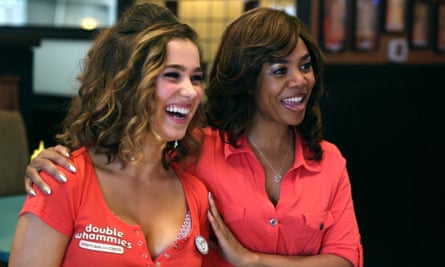
There may be no brand more absurdly and quintessentially American than the lurid, unabashedly chauvinist “breastaurant” Hooters, and it gets a wicked send-up in this breezy but bittersweet workplace comedy, starring a wonderful Regina Hall as the world-weary manager of one such institution. Following her across her last two days of employment, and glancing upon the various crises of its female staff members, it’s a casually piquant skewering of unjust labour practices in a still-patriarchal society, and a warm valentine to the women who endure them.
13th
(Ava DuVernay, 2016)
Best for: a thorough breakdown of the US prison-industrial complex.

The title refers to the 13th amendment to the US constitution, abolishing slavery and involuntary servitude – except as punishment for convicted criminals. In her first documentary, Ava DuVernay uses this caveat as the basis for a compelling argument that slavery continues to this day in the US prison system, further challenging the corporations that profit from it. With interview subjects ranging from activist Angela Davis to politician Newt Gingrich, it’s the most expansive and searching work of DuVernay’s career.
Time
(Garrett Bradley, 2020)
Best for: an unromantic, long-view take on fighting the power.

If 13th offers an essayistic takedown of the prison-industrial complex, Garrett Bradley’s heart-wrenching documentary takes a more personal view of the subject, portraying Black abolitionist Fox Rich, AKA Sibil Fox Richardson, and her 20-year campaign for the release of her husband, Robert, sentenced to 60 years in prison for his role in an armed bank robbery. It’s a powerful study of systemic dysfunction and the lives caught up in it, but also a hard, realistic view of the exhausting grind of long-term activism.
Us
(Jordan Peele, 2019)
Best for: an allegory for the class divide in the Black US.

Jordan Peele’s 2017 smash, Get Out, immediately established him as a leading Hollywood merchant of political commentary as entertainment, as it probed the threat posed to the Black population even by supposed white liberals. But this even better follow-up film got into thornier, more nuanced territory with its ingenious examination of American privilege, classism and gentrification, alongside its ramifications as visited upon a bourgeois Black family terrorised by their “tethered” underclass doppelgangers. It’s witty, frightening and rings violently true.
White Noise
(Daniel Lombroso, 2020)
Best for: explaining the rise of the far right.
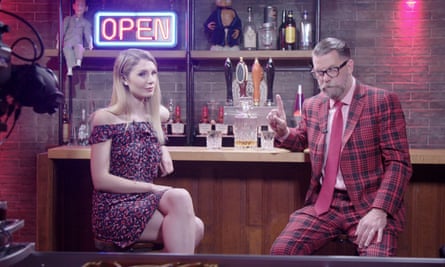
It’s cold comfort that the three principal subjects of Daniel Lombroso’s upsetting documentary on the surge of the “alt-right” movement in the US – Richard Spencer, Mike Cernovich and Lauren Southern – are no longer as prominent in the news as they were when the film was made five years ago: they’ve simply been surpassed by other toxic celebrities as white supremacy has expanded from the fringes to the mainstream. Produced by news publisher the Atlantic, the film works as an excavation of the movement’s roots, and is suitably pessimistic about where it’s heading.

.png) 1 month ago
24
1 month ago
24

